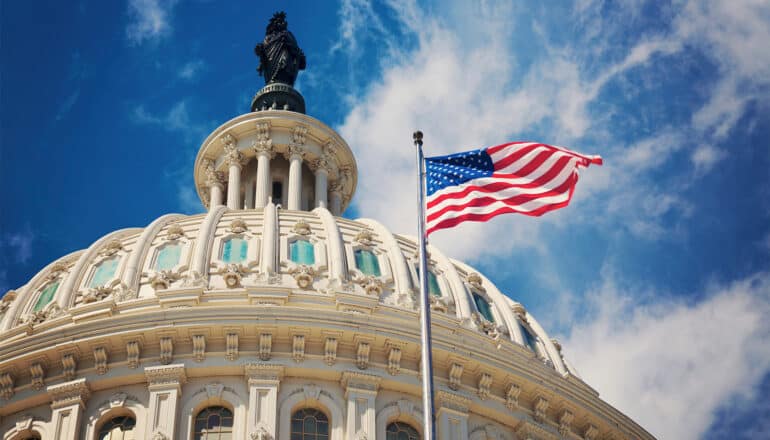
Law professor Catherine Sharkey explains how artificial intelligence is being used to tackle the arduous work of keeping our federal agencies in check.
The sweeping executive order on artificial intelligence (AI) signed by President Biden on October 30, 2023, emphasizes risk reduction, rigorous testing of AI systems, and safety issues. Less well known is that it also pledges to promote AI innovation in government.
For years, this issue has been a research focus for Sharkey, professor of regulatory law and policy at New York University. An expert in administrative law who has written extensively about government agencies’ use of artificial intelligence, Sharkey has been specifically examining the use of AI for reassessing the effectiveness of existing regulations, otherwise known as “retrospective review” The process involves Federal interagency communication about potentially repetitive, or conflicting regulations. Agencies also issue requests for public comment on how existing regulations can be modified, streamlined, expanded, or repealed.
In May, Sharkey produced a report for the Administrative Conference of the United States (ACUS) that assessed government agencies’ past, current, and future use of AI in retrospective review, drawing on extensive research, supplemented with interviews with dozens of federal government employees and other professionals with interest in governmental use of AI. Prior to this ACUS study, there was limited information available regarding how agencies employed algorithms to aid in retrospective review, and Sharkey’s report is the basis for ACUS’s official recommendation, “Using Algorithmic Tools in Retrospective Review of Agency Rules.”
Here, Sharkey speaks about the evolving intersection of technology and government regulation and how executive agencies can integrate AI into rulemaking processes:
The post What are the risks and upsides for AI in government review? appeared first on Futurity.
from Futurity https://ift.tt/CFZBTzV
No comments:
Post a Comment